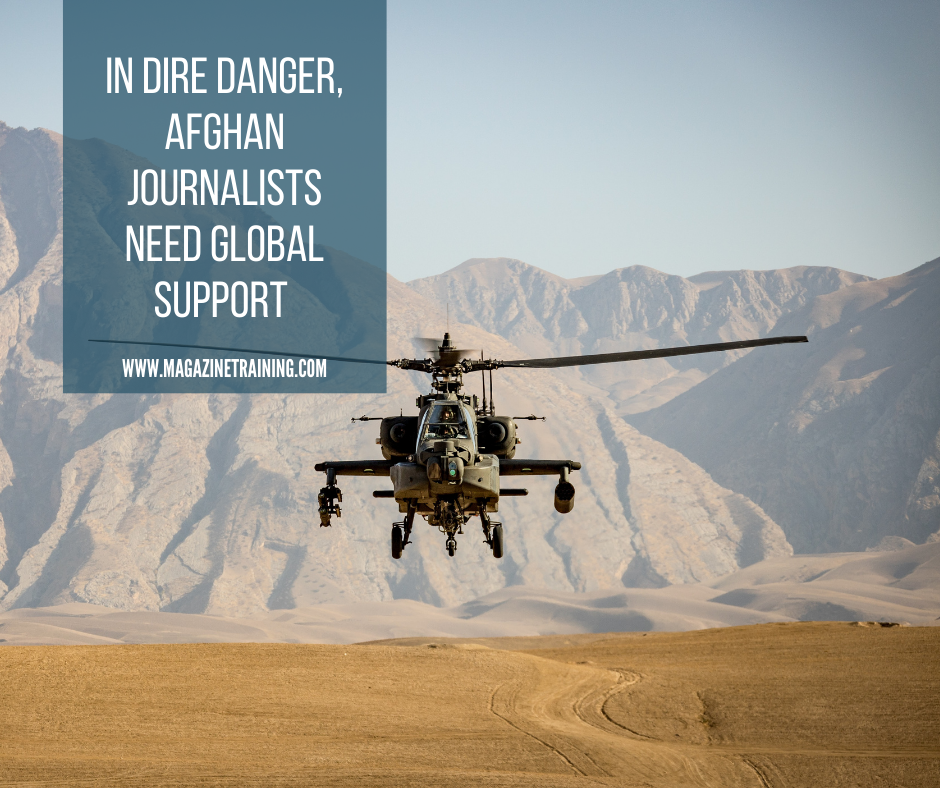
Afghanistan is no stranger to turbulent times and disrupted daily life. This is the case once more today.
As U.S.-led forces depart the country, Taliban militants are capturing city after city, and province after province. They’re terrorizing the public, using their residences as military bases, and extorting and killing civilians without an ounce of reluctance or remorse.
For journalists, merely going to work has been frightening. They are among the Taliban’s worst enemies due to the nature of their work, documenting and raising awareness of developments in the country.
Afghanistan has long been a dangerous place for journalists, already. According to Reporters Without Borders, “At least 100 journalists, including 15 international journalists, have been killed in connection with their work in the past 20 years, while more than 60 media outlets have been destroyed or attacked and hundreds of threats have been made against journalists and media.” Since 2018, more than 30 media workers and journalists have been killed in Afghanistan, the United Nations detailed in a report published in March of this year. From September 2020 to January 2021, at least six journalists and media workers were killed in various assassination attempts across the country.
The Nai Media Institute, an NGO that supports free media in Afghanistan, offers maps that allow users to view the available data on violence against journalists.
by Mehrnaz Samimi, International Journalists’ Network
Photo by Andre Klimke on Unsplash
Related posts
Magazine Training International’s mission is to encourage, strengthen, and provide training and resources to Christian magazine publishers as they seek to build the church and reach their societies for Christ.

